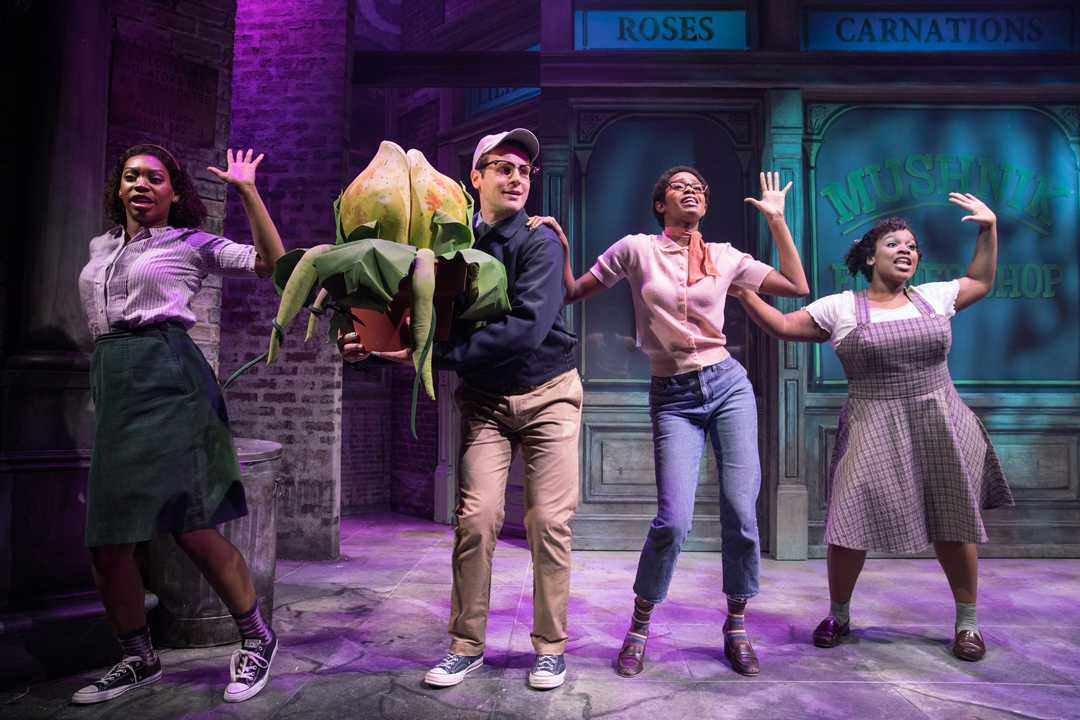Elation Artiste lights Little Shop of Horrors
- Details

King, known for his work on Natasha, Pierre, and Hadestown, for which he won Tony and Drama Desk Awards for lighting in 2017 and 2019 respectively, was back at Westside last autumn, this time designing the lighting for the highly anticipated return to Off-Broadway of Little Shop of Horrors.
Little Shop of Horrors premiered Off-Broadway in 1982. The intimate new production at Westside opened at the venue’s 270-seat upstairs stage on 17 October and ran until mid-March when Broadway went dark due to the COVID-19 pandemic. His first time working at the venue, two of King’s principal luminaires used on the production come from Elation Professional’s Artiste series of theatrical-grade moving heads.
“John Dunn [Elation national sales manager] gave me a demo of the Artiste Monet last spring, and I was impressed by a number of the features, principally the output and the secondary RGB colour flags,” King states. “At that point, the Monet was so new that we couldn't quite get enough to fill out the needs of the show, so he offered the Picasso as a supplement. I'm glad he did because the Picasso is almost a better fit in the space since the theatre's so small.”
Located essentially FOH in the theatre’s overhead grid-system, King describes the positioning and role of the Artiste fixtures on the show. “The Monets work as monster pipe ends for our show deck's apron, as well as low box-boom units that almost come in at head height. We also have a Monet at centre FOH that operates mainly as a movable special.
“The Picassos are spread out a little more in concert with the Monets, mainly filling out crosslight and box boom system ideas.” The designer adds that the theatre is too small for followspots, so there's a position of five Picassos on a downstage FOH pipe that are constantly picking out actors “in a very followspot-y fashion”.
King remarks that his use of light in musicals tends to be very kinetic, requiring fixtures to do a lot and do it quickly. “Little Shop is such a fun piece, and Michael Mayer (director) and I thought it was important to honour its B-Movie horror roots. So a lot of the numbers make liberal use of a wide range of colour palettes. Not to say there aren't subtle moments, but we run the gamut from pretty sunset pastels during numbers like Somewhere that's Green to some really acidic colour choices during Feed Me (Get It) and Suppertime.”
Besides colour accuracy, speed and brightness, King identifies the Artiste fixtures’ dependability as key, an important consideration when a play proves so popular it has an open-ended run. “Reliability is absolutely critical when you're running eight shows a week with little downtime and a skeleton crew that's not always able to turn around a fixture swap quickly if need be,” he says.
(Jim Evans)
















